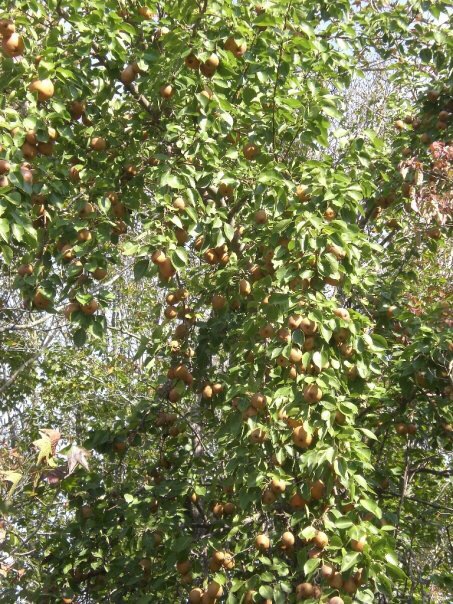Should have added more commentary around my hinge-cutting comments. Each property is unique in it's makeup and each region of the country is unique to habitat requirements. My property is 287 acres comprised of about 60% planted pine and 40 hardwoods. The hardwoods are comprised of 2 types - drainage hardwoods that run like fingers from south to north throughout the planted pines that range from 100 to 200 yds wide and bottom land hardwoods that make up the south section of our property that is about 35 to 40 acres in size. The bottom land hardwoods are interspersed with beaver sloughs. Both types of hardwoods areas, drainage and bottom land, are comprised of fairly mature timber in the 50 to 60 yr old range and fairly open underneath. Some of the largest mast trees are much older.
I have approximately 110 acres of 18 yr old planted pine that has been thinned once. I have about 60 acres of 28 yr old pine that has been 3 times and burned every 2 to 3 years. The understory of the pines is all head high in native flora, blackberry, service berry, dog fennel, ragweed, honeysuckle and so forth. It is basically a continuous loop of prime bedding habitat. Due to our mild winters, native browse is available throughout the winter months in addition to acorns and food plots. We really don't have any real stress period for deer with perhaps the exception of late summer when it can turn hot and dry.
As for bedding, I simply don't need to add any additional bedding to our property. When I first bought the property and discovered the now defunct QDMA forum, everyone it seems was hinge-cutting, particularly up north and often to provide additional browse by dropping the tops down close the ground. I bought me an arborist saw and set about hinge-cutting on both sides of our largest plot that is flanked by 2 hardwood drainages along with several rows of planted pine up against the food plot. I hinged for additional cover when I really didn't need it. I've traveled so many times down the edge of the hinge cut areas the past few years and quite honestly, just don't encounter many deer among the hinged areas. I do bump then out of the pines where they can bound off a few feet and be in total obscurity.
The area where I see hinge-cutting as a valuable asset on my property is a couple of food plots that are bordered by young hardwoods around the edge and mature hardwoods deeper in. This particular food plot is close to 300 yds long and relatively narrow. Deer can and do enter it from any point along the edges. I intend to be more surgical in my hinge-cutting endeavors going forward and feather edge this plot to create access points in strategic areas of the plot to funnel the deer thru. But as for hinge-cutting to create bedding, I simply don't need it at this point on my property.

